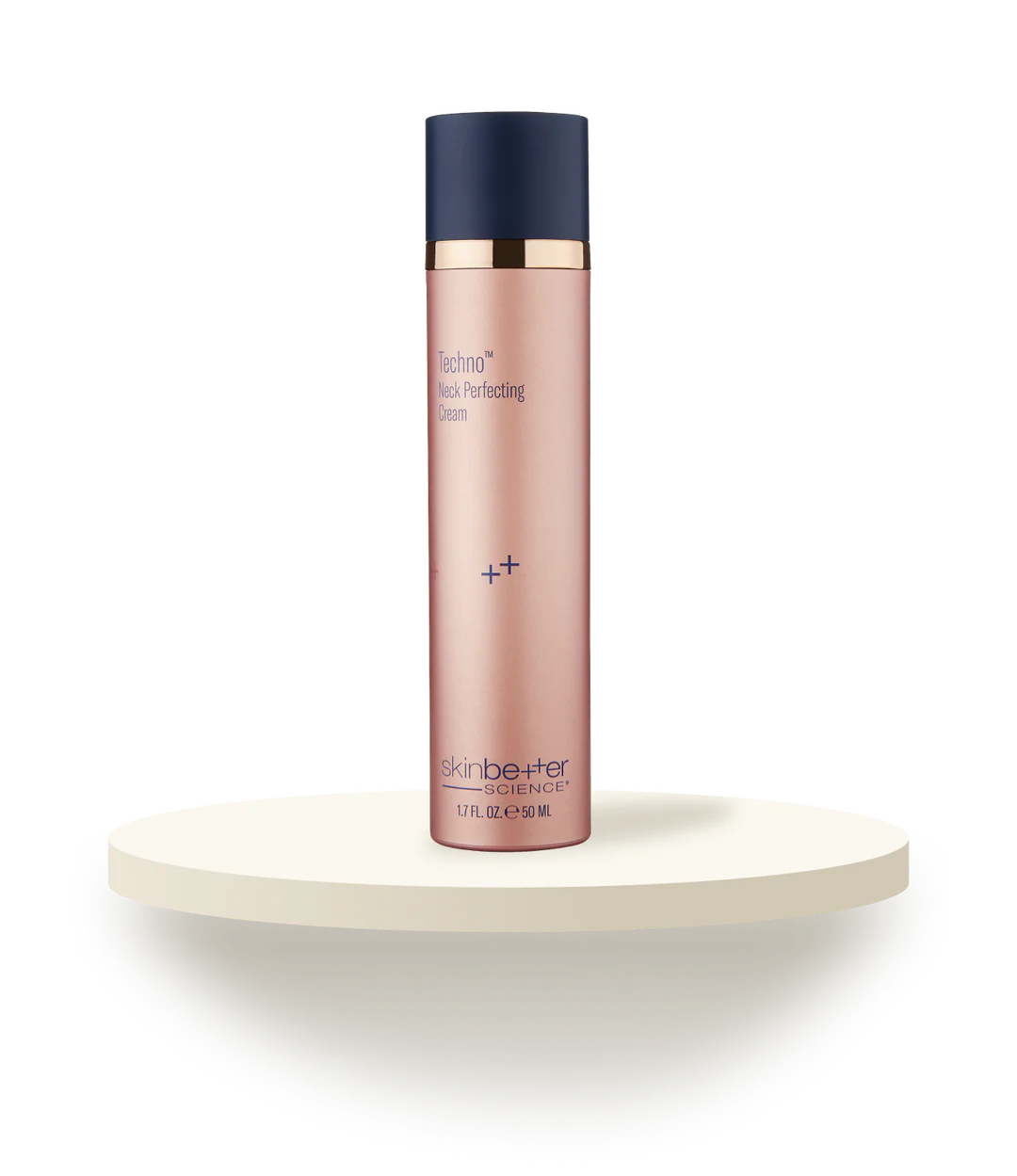Unwanted Hair
If you feel like it’s time to give your razor a break, a professional hair removal treatment can make the daily shaving ritual a thing of the past.
Content Reviewed by AEDIT Medical Advisory Board
The American Society of Plastic Surgeons reported about one million laser hair removal procedures in 2018, making hair removal one of the top five minimally invasive procedures performed last year (1). Unwanted or excessive facial hair, underarm hair, body hair, or bikini line hair can cause frustration with both appearance and management. Certain genetic conditions like hirsutism can cause unwanted hair and undesirable male-pattern like hair distributions in females.
Individuals with high contrast between their body hair color and skin color can also benefit from a professional hair removal procedure. And let’s not pretend our razors may not want a break from our daily shaving rituals. Fortunately, numerous minimally invasive procedures exist to help alleviate these concerns.
Unwanted Facial Hair is primarily a concern for women and is generally caused by underlying medical issues that directly affect hormone production and regulation. Polycystic Ovarian Syndrome (PCOS) is a disorder of the ovaries causing unwanted hair, abnormal menstruation, and endocrine abnormalities. The adrenal glands are major hormone producing glands that sit on top of the kidneys. Altered adrenal function disrupts regular hormone synthesis and regulation. Unwanted facial hair can also result from high contrast between skin and hair color causing noticeable unwanted hair for females. Unwanted body hair can be caused by hormonal issues as discussed above. Unwanted body hair can also result from a genetic predisposition to undesirable hair growth.
The Anatomy of a Hair Follicle
Unwanted hair or excessive hair can be a matter of perception or it can be due to an underlying medical condition. The cause of hair disturbances will determine which intervention is most appropriate. Unwanted hair refers to hair growth in areas where hair growth should not be naturally occurring. Excessive hair refers to increased and undesirable hair growth in areas where hair follicles naturally occur.
Facial hair is normal in both men and women. Men typically display darker, more coarse facial hair compared to women. This is determined by the amount of certain hormones naturally occurring in both genders. Genetics, medications and underlying medical conditions can alter the natural balances of the hormone responsible for hair growth and case unwanted or excessive hair.
For example, in Polycystic Ovarian Syndrome (PCOS) excessive male hormones leading to high androgen levels are present in females causing male-pattern hair growth (like on the upper lip, face, back, and chest). Cushing Syndrome is another endocrine disorder that, like Polycystic Ovary Syndrome, can affect hair follicles and hair growth due to hormonal imbalances and adrenal gland dysfunction.
Hirsutism specifically refers to male-pattern like unwanted hair growth in females. Typically it involves the growth of coarse, dark hair on the face, chest, and back. This hair growth is caused by an excessive amount of androgens (male hormones that produce classically “male” traits), or more specifically testosterone. It is normal for women to have a low level of androgens. Abnormalities only occur when levels are outside the normal range (I.e. there is hormonal imbalance) (2).
Hypertrichosis is a general classification for all disorders causing abnormalities of hair growth. Most of the disorders falling under this category are rare and oftentimes severe. This is not common in the general population.
If you’re reading this, chances are you’re growing tired of managing unwanted hair growth. Fortunately given most hair removal procedures are minimally invasive, there are few limitations on who may consider a treatment. Professionally treating unwanted hair can open time in your schedule, reduce aesthetic concerns, and boost your confidence in knowing you are presenting your best self.
There are an array of minimally invasive treament options to remove unwanted hair:
To better understand the procedures outlined above, check out our complete guide to Hair Removal Solutions.
Female patients with hirsutism can utilize many of the previously mentioned procedures, however, given the impact on quality of life and perpetual nature of the condition, these patients may wish to pursue medical treatments that address the underlying hormonal imbalances. Combination oral contraceptives (birth control) or antiandrogens (hormone regulators) help to alleviate male-pattern like hair growth. Topical medications like eflornithine are also effective, only applied where needed, and typically have less side effects.

